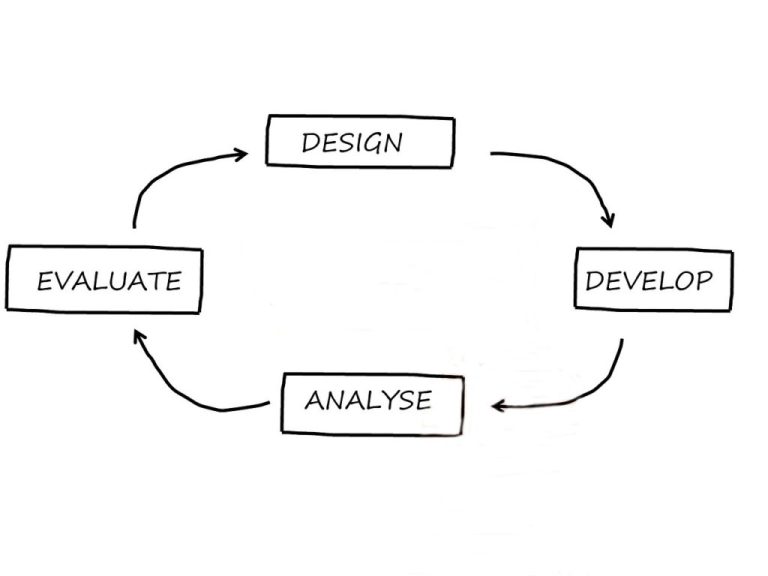The CRA’s audit is certainly THE crucial moment in the entire SR & ED tax credit claim cycle. An audit can not be avoided, but the negative impacts can certainly be minimized. In previous articles in this series, we identified the need to understand the audit issues and to discuss who will be attending at this important meeting. In this article, we discuss how to prepare for the meeting.
How do we prepare?
Preparing for an audit meeting requires a lot of humility. We have to look at our claim with the very critical eye of the auditor.
1- Review the content of your claim with those responsible
It’s easy to put on pink glasses and tell ourselves that our projects are all eligible because we got all our credits for so many years. But that does not mean anything.
If your claim is in audit this year it is that some have seen weaknesses, what they call stakes. The audit meeting will be used by departmental advisors to demonstrate that their intuition is good, or it will serve you to demonstrate the merits of your claim.
Be objective
I know, it’s difficult. This is your project and you really believe it is eligible. But the SR & ED value of your file must be assessed coldly. You may need a bit of outside help here. Someone neutral to your file and who knows this audit process.
First identify your strengths and weaknesses for each project in your claim, starting with the one that represents the most costs.
Review the documents sent to the CRA: your T661 forms for that year, the previous year’s form and any other details provided to the CRA thereafter. What perception can your reader have built up by reading this (and nothing else)? Does the reader easily find answers to the five questions used to determine the eligibility of the work?
How can we convince him that we have distinguished between standard development and SR & ED? The reader expects that the SR & ED project will be managed as a systematic research project. Does he see uncertainties, assumptions, experiments and test results?
2- Consult the CRA review guides
Also review the CRA review guides. In recent years, the CRA has released two important documents to prepare for the audit: the technical review guide, and the financial review manual.
Even though they are edited copies of CRA internal procedures documents, they are very important. There is plenty of relevant information. We recommended these two readings as a priority prior to the preparation of the audit meeting.
3- Gather and evaluate your documentary evidence.
Then look for any documentary evidence from your experimental project. Find any reports, emails, photos, meeting minutes, analysis tables, timesheets, project cost tables, and analysis results. You must find them, classify them, and find some more. In recent years, it has become essential to show contemporary documentation to demonstrate eligibility.
CRA advisors expect to have easy access to this information during the meeting. You should therefore be prepared to show it and to answer the following questions:
- What is your documentation process?
- Is your documentation contemporary with the project or is it produced later?
- What documentation is available upon request?
- Does the documentation show the obstacles, processes, experiments?
4- Evaluate your financial record.
Do you have financial documents? Here are some questions that are likely to be asked about them:
- Time sheets (include those of the team leaders?). Or do you claim them in proportion to efforts (%, which is not as credible for the CRA)?
- Structure of your teams. How many hierarchical levels are claimed? (Only one level of management is accepted)
- Are you claiming only wages or are dividends included?
- How do you distinguish between claimed and unclaimed efforts?
- What is written on the invoices? On the contracts?
- Can we see all the contracts signed with your subcontractors?
- Can we see the contracts signed with your customers?
5- Build your argument
After such an analysis, your strengths and weaknesses begin to emerge. Now you have to start building your argument. How will you explain each project and its technological challenges? What do you insist on? How can you tackle the weaknesses you have identified? How do you build on the strengths of your case?
Here, the questions we identified at the beginning about the issues are very useful. The RTA does not understand the magnitude of the costs of Project 2? Let us prepare a table of the efforts detailed by activity. He does not see technological uncertainty in Project 1? Let us retrieve the report of the consultant who explains it in detail, or prepare a demonstration of the prototype to illustrate the problem, etc.
6- Build a preliminary presentation
This presentation of the project must answer the 5 questions for each project. It is this preliminary presentation that will be presented to your employees at the first preparatory meeting. They will be responsible for working on it and adapting it to their presentation.
In conclusion, an audit meeting can not be taken lightly. This is a very important moment when the money claimed is on the table. You must organize yourself to defend.
In a future article we will explain what to demonstrate to the CRA advisor as your main argument.
What do you think ? Have you experienced audits where you had no idea of your strengths and weaknesses until the “train was on you”? How did you prepare yourself (or not)? What were the results? What lessons have you learned? Why ?
Did you like your reading? Tell us. What should be added? What topics are you interested in? You did not like this reading? Say it to us. What less have you appreciated in this text?









